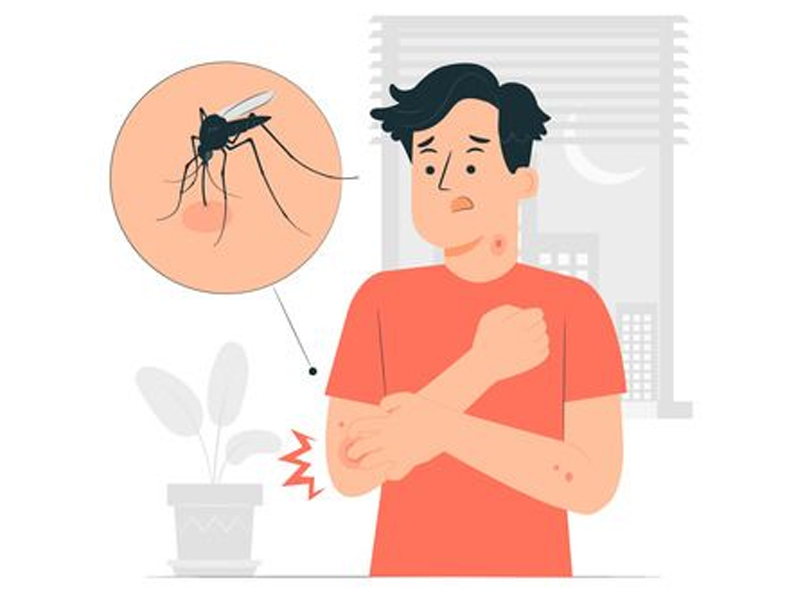Service
Chikungunya

What is Chikungunya?
Chikungunya (chikí-en-GUN-yah), also called chikungunya virus disease or chikungunya fever, is a viral illness that is spread by the bite of infected mosquitoes. In Swahili, chikungunya means that which contorts or bends up. This refers to the contorted (or stooped) posture of patients who are afflicted with the severe joint pain (arthritis) which is the most common feature of the disease.
What is the infectious agent that causes Chikungunya?
Chikungunya is caused by the chikungunya virus, which is classified in the family Togaviridae, genus Alphavirus.
What are the symptoms of Chikungunya?
Chikungunya usually starts suddenly with fever, chills, headache, nausea, vomiting, joint pain and rash. Frequently, the infection causes no symptoms, especially in children. While recovery from chikungunya is the expected outcome, convalescence can be prolonged and persistent joint pain may require analgesic (pain medication) and long-term anti-inflammatory therapy. Infection appears to confer lasting immunity.
Will Chikungunya cause death?
No. Worldwide statistics and WHO reports clearly show that Chikungunya do not cause
death.
There may be deaths due to various other causes during Chikungunya outbreak. These
deaths are often reported in the media as due to Chikungunya which is incorrect.
Is there specific treatment for Chikungunya?
There is no specific treatment but drugs like paracetamol, diclofenac sodium, chloriquine are used to relieve fever, joint pains and swelling. Drugs like asprin and steroids should be avoided.
How is Chikungunya spread?
Chikungunya is spread by the bite of an Aedes mosquito, primarily Aedes aegypti. Humans
are thought to be the major source, or reservoir, of chikungunya virus for mosquitoes.
Therefore, the mosquito usually transmits the disease by biting an infected person and
then biting someone else. An infected person cannot spread the infection directly to
other persons (i.e. it is not a contagious disease). Aedes aegypti mosquitoes bite
during the day time
The Aedes mosquitoes that transmit chikungunya breed in a wide variety of manmade
containers which are common around human dwellings. These containers collect water, and
include discarded tyres, flowerpots, old oil drums, animal water troughs, water storage
vessels, and plastic food containers.
